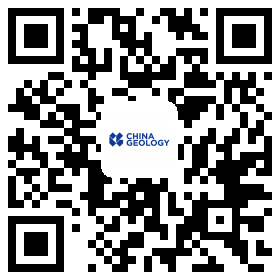column
2019, 2(1): 26-39.
DOI: 10.31035/cg2018061
2019, 2(1): 56-66.
DOI: 10.31035/cg2018076
2019, 2(1): 112-113.
DOI: 10.31035/cg2018080
2019, 2(1): 116-118.
DOI: 10.31035/cg2018084










